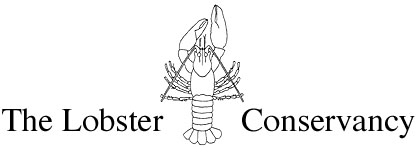 |
 |
| Unit/Task Title:Nutrient Cycles | Grade Level:5-8 | Course(s):Science | Author:Linda Archambault |
| Content Area(s) addressed in this unit/task: Science and Technology |
Content Standards and Performance Indications. These standards refer to the Maine Learning Results: S+T: E4, E6, E7, E8, F4 |
| Guiding Principles taught and assessed in this unit: Integrated and Informed Thinker |
Assessment criteria (how will you know when they know): Students will create correct models of nitrogen compounds and explain the changes that occur in the nitrogen cycle. |
Introduce the idea that nothing in the natural world ever goes to waste. One creature’s waste product is just what another creature needs to survive. Ask students to consider what would happen to life on earth if this weren’t true. (ie: some things would get used up and other things would pile up) Present students with diagrams of the carbon and nitrogen cycles, either with handouts or by having them copy from the board. A lesson on the carbon cycle could lead to a discussion of the greenhouse effect and global climate change. Explain the way that parts of the nitrogen cycle are represented in our lobster larvae rearing system. Nitrogen in one form (ammonia) is poisonous to the lobsters but serves as an energy source for certain bacteria. (see: Notes on the Nitrogen Cycle)
Have students create nitrogen compounds with different colored candy pieces (colored marshmallows or jelly candies) stuck together with toothpicks. Each color represents a different element: nitrogen, carbon, hydrogen, oxygen. Students can act as phytoplankton or lobsters or as nitrifying bacteria and recreate the chemical changes that nitrogen goes through in the ocean (and hopefully in our tanks).
| Other evidence to be collected that will insure understanding: |
Feedback given to students: Personalized oral comments |
| What are the essential questions? |
Opportunities for integrated technology - web resources: Diagram of Nitrogen Cycle on NASA's website |
| What will insure understanding? |
|
| Time neeeded to complete unit: 1-2 class periods |
Resources needed: Diagrams of carbon and nitrogen cycles Marshmallows, jelly candies and toothpicks |
Downloadable materials:
|
Copyright 2005 The Lobster Conservancy